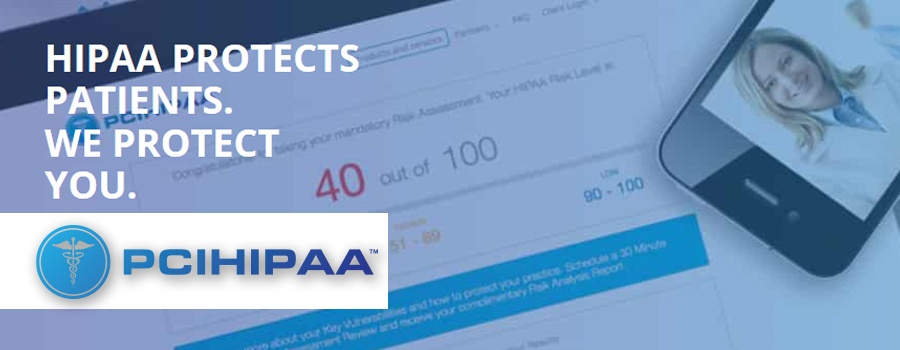Tag: ransomware
-

-

Phishing Schemes Can Paralyze Your Medical Practice
“Phishing” occurs when emails are sent to individuals or entities in an attempt to fraudulently gain access to personal information or introduce malware into the computer system. These emails are often disguised to look familiar to the recipient. The perpetrator may disguise their communication to appear to be from a colleague, family member or friend.…
-

“WannaCry” Ransomware Holds True to its Name
This week, countries around the world faced an unprecedented cyber security attack. On May 12, 2017, the Critical Infrastructure Protection Lead for the Department of Health and Human Services Laura Wolfe first reported it as a “significant security issue.” Hours later, the Department of Homeland Security’s Computer Emergency Readiness Team warned the public of a…